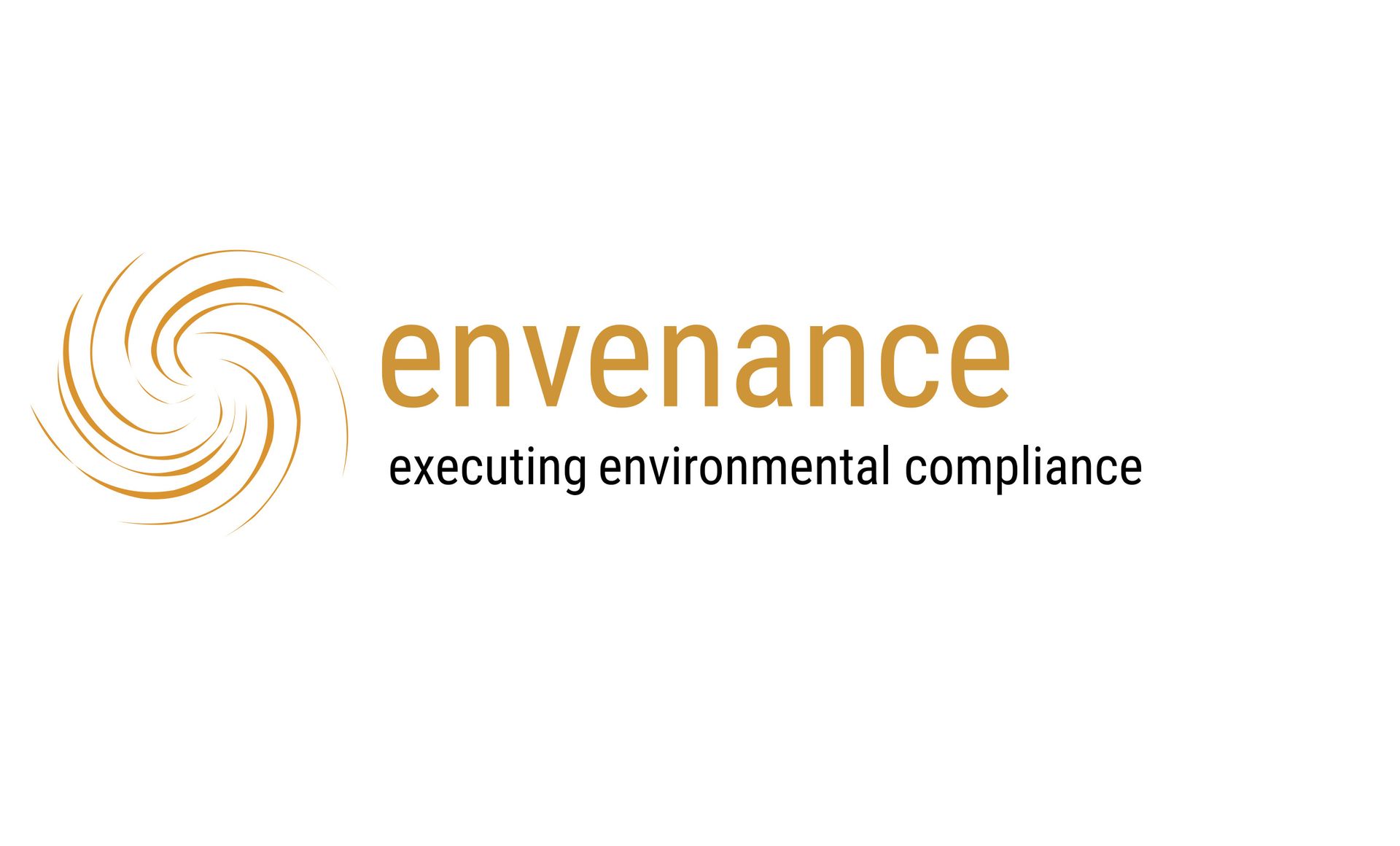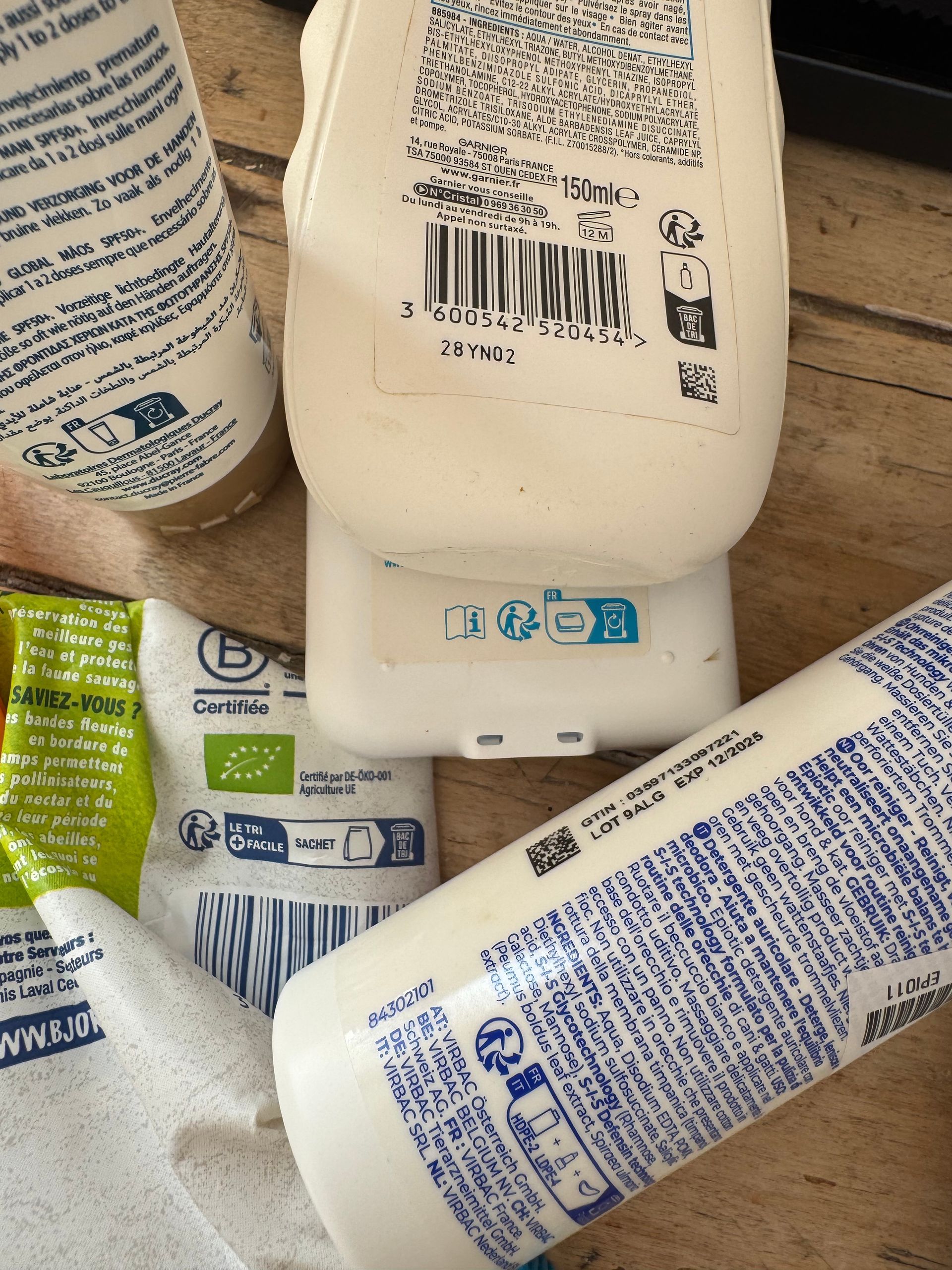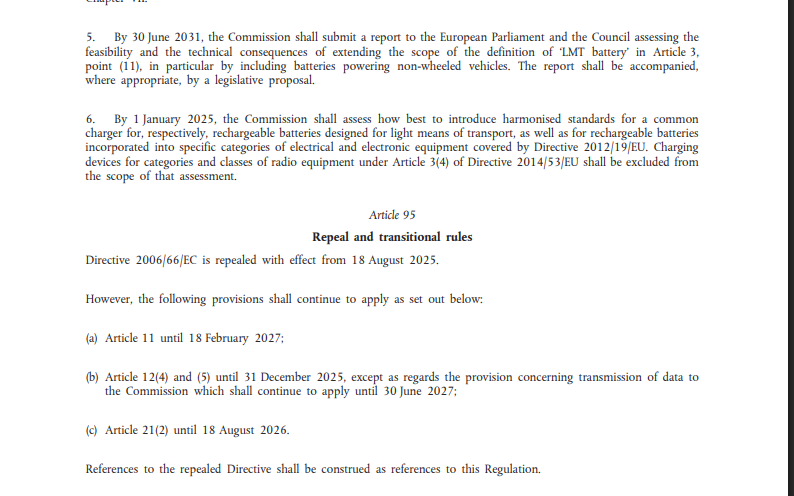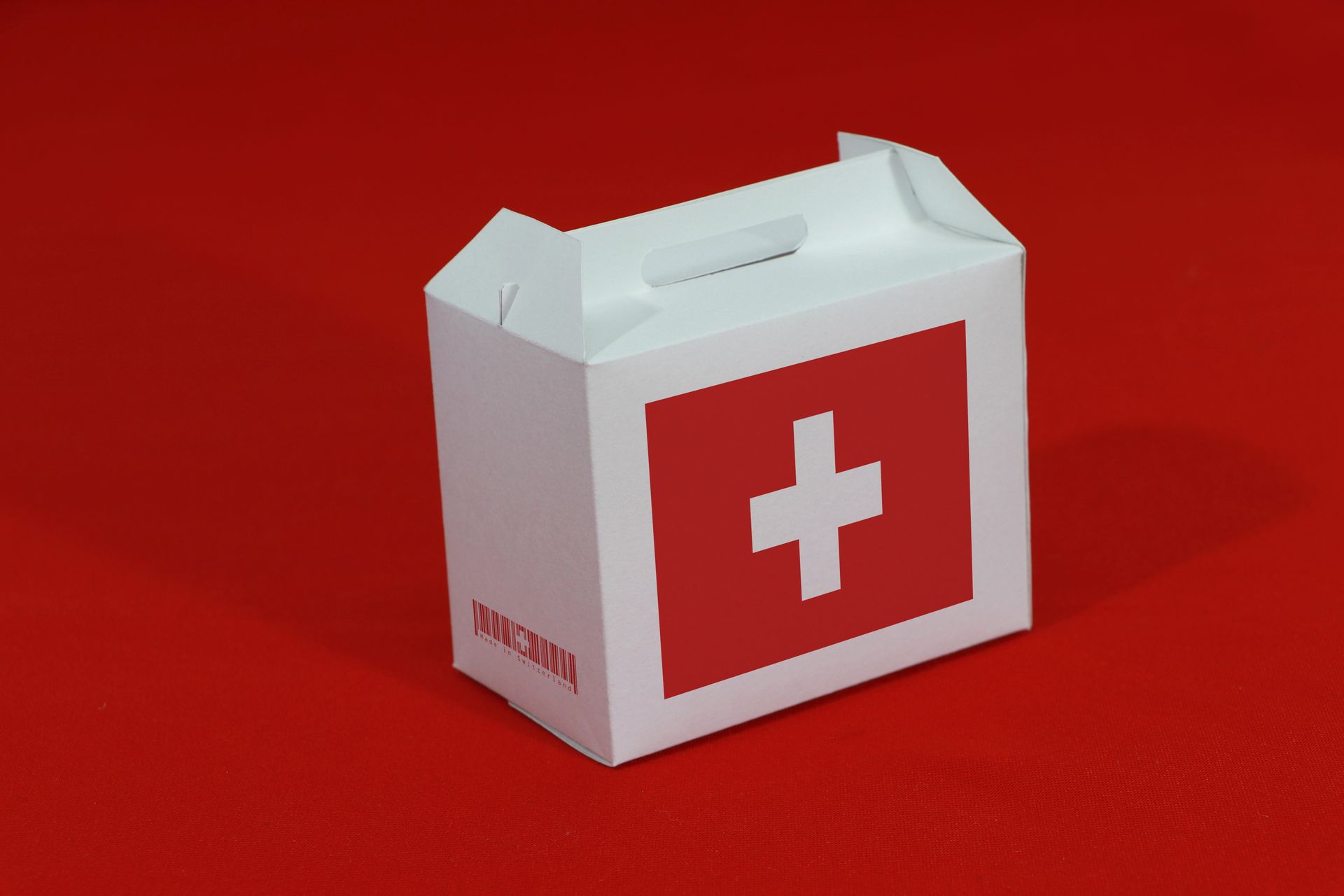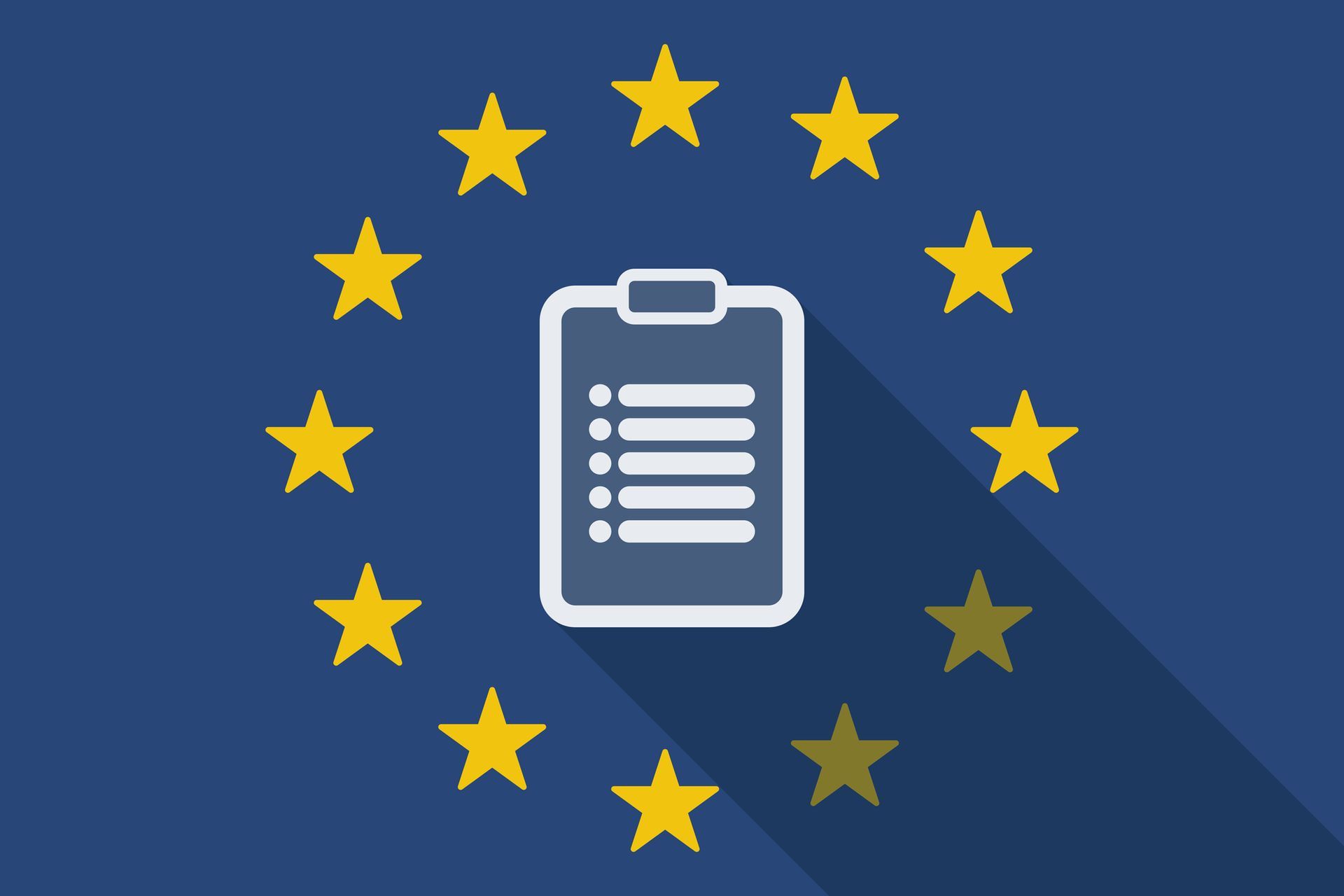New Developments in Extended Producer Responsibility (EPR) 2025: What Companies Need to Know
Timelines by envenance.
At the start of 2025, several new regulations on Extended Producer Responsibility (EPR) will come into effect. These regulations impact manufacturers and distributors of products such as batteries, electrical & electrronic equipment, packaging, textiles, and furniture. envenance has summarized the most important deadlines and requirements for you.
EU: New Requirements for Packaging, Waste Shipment and Batteries
PPWR (Packaging and Packaging Waste Regulation)
In January, the new Packaging and Packaging Waste Regulation (PPWR) will be published in the Official Journal of the EU and will enter into force 20 days later. The PPWR is a lifecycle regulation, meaning its provisions cover all phases from packaging development to usage and disposal.
Waste Framework Directive and Basel Convention
Starting
January 1, 2025, stricter requirements for the documentation and authorization of cross-border waste shipments within the EU will apply. This particularly affects the shipment of waste electrical and electronic equipment (WEEE).
Battery Regulation
February 18, 2025:
Manufacturers of electric vehicle batteries will be required to disclose the carbon footprint of their batteries.
August 18, 2025:
Batteries must be labeled with the “separate collection” symbol.
Companies with a net turnover of more than 40 million euros in the penultimate fiscal year must comply with additional due diligence obligations, as outlined in Chapter VII
New regulations on the management of waste batteries and extended producer responsibility (EPR) will come into effect (Chapter VIII)
The existing Directive 2006/66/EC will be repealed (with exceptions for Articles 11, 12, and 21).
France: Environmental Information Requirement for Products and Packaging
The French Decree No. 2022-748 requires companies to inform consumers about the environmental properties and characteristics of their products. This obligation will apply from January 1, 2025, to all companies with an annual turnover of more than 10 million euros that place more than 10,000 units of the affected products on the French market.
Affected Product Categories:
Packaging
Electrical and electronic equipment
Textiles
Furniture
Required Information:
Percentage of recycled materials
Usage of renewable resources
Repairability and durability
Recyclability
Presence of hazardous substances
Compostability
Reusability
Traceability
Presence of plastic microfibers
This information must be provided clearly and understandably to consumers, either electronically, via labeling, or by other appropriate means.
Spain: New Obligations for Packaging and Textiles
- From January 1, 2025, sorting instructions on household packaging will be mandatory.
- Invoices must include disposal costs for each packaging material, which are paid to the relevant collection systems.
- From April 1, 2025, a pilot project for the collection of used textiles on the Spanish territory will begin in response to the European-wide introduction efforts for textile collection schemes
Portugal: Sorting Instructions on Packaging
From January 1, 2025, packaging that is falling into the EPR scope and is reported to packaging collection schemes must include sorting instructions indicating the appropriate recycling containers per packaging material
Denmark: Registration Requirement and Extended Producer Responsibility for Packaging
In Denmark, extended producer responsibility for packaging will take effect on January 1, 2025. Companies placing packaging on the Danish market for the first time had to register with the Danish Producer Responsibility Register "Dansk Producentansvar" (DPA) by April 1, 2024, and had to report their planned packaging quantities.
Other Important Deadlines:
- January 14, 2025: Obligation to join a collective collection system.
- July 1, 2025: Reporting of actual packaging quantities placed on the market in 2024.
United Kingdom:
New EPR Requirements for Packaging
From January 1, 2025, new regulations on extended producer responsibility for packaging will come into effect in the UK. These replace the previous 2007 packaging regulations and aim to increase recycling standards and reduce the environmental impact of packaging.
From October 1, 2025, financial obligations for household packaging distributors will increase.
Amendments of the registration process according to the WEEE Regulations 2013
By January 31, 2025, so-called "small producers," who place less than five tonnes of electrical and electronic equipment on the UK market per year, must register via the WEEE Online Service (and no longer via the NPWD portal). This registration must be renewed annually. Companies not based in the UK that are affected as distance sellers must appoint an authorized representative with a registered office in the UK. This role can be assumed by a Producer Compliance Scheme.
USA: New EPR Regulations in Oregon and Colorado
- In Oregon, new EPR regulations for packaging will take effect on July 1, 2025.
- In Colorado, the deadline for registering affected manufacturers and distributors with a collection system for packaging is July 1, 2025.
How envenance Can Support You
Complying with the new EPR requirements can be complex. envenance provides comprehensive support to ensure your company meets all obligations.
Contact us:
- 📍 envenance GmbH (Germany):
- 📞 +49 89 2152 8581
- 📍 envenance SAS (France):
- 📞 +33 7 89 03 55 77
- 📧 Email: support@envenance.com




